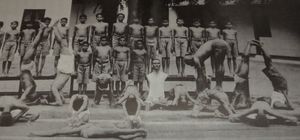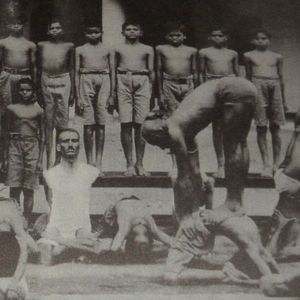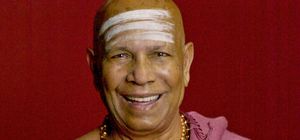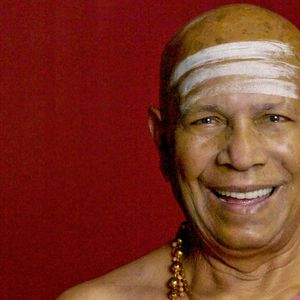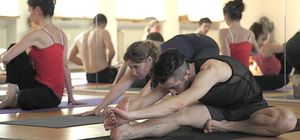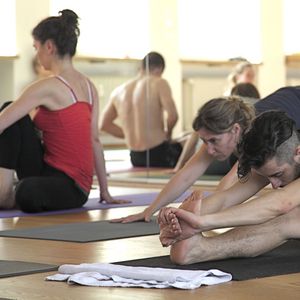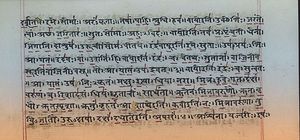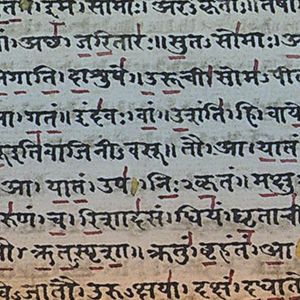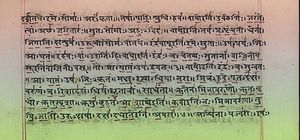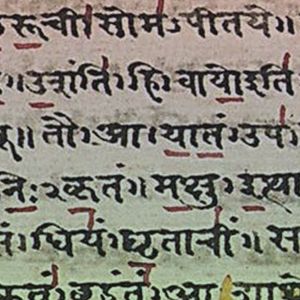Aufgaben
(A) Inspirationen für die Yogamatte
Reflektiere Deine Erlebnisse pro Praxis einzeln in Deinem Yogatagebuch
(A.1) 10 mal Üben wie in der Ausbildungswoche
Praktiziere 10 mal in direkter Anknüpfung an die Ausbildungswoche. Welche Serie hast Du geübt? Welche Modifikationen hast Du praktiziert? Welche Besonderheiten hatte Deine Praxis? Setze alles nochmal für Dich um.
Einreichen: Das eingereichte Ergebnis-PDF soll nicht die einzelnen Praxis Reflexionen enthalten, sondern eine kurze (ca. 1/8 bis 1/2 Seite) Gesamt-Reflexion Deiner Erlebnisse mit dieser Aufgabe.
Reflektiere Deine Erlebnisse pro Praxis einzeln in Deinem Yogatagebuch
(A.2) 10 mal AYI Full-Form Modified Practice
Praktiziere 10 mal in der AYI Full-Form mit den "sicheren basis" Modifikationen.
Einreichen: Das eingereichte Ergebnis-PDF soll nicht die einzelnen Praxis Reflexionen enthalten, sondern eine kurze (ca. 1/8 bis 1/2 Seite) Gesamt-Reflexion Deiner Erlebnisse mit dieser Aufgabe.
(B) Unterrichtsinspirationen
(B.1) Video Challenge: Led Class
Übe Dich im Ansagen einer Full-Form Modified Led Class. Wenn Du den Rhythmus und Count gefunden hast, nehme ein simples Video auf. Darauf sollte zu erkennen sein:
- Ein verzählarmer Count
- Du als Lehrer
- Mindestens ein Schüler, möglichst auch Modifikation übend
Tipp 1: Achte bei Deiner Ansage darauf, den Count so umzusetzen wie wir ihn in der Ausbildung lernen (insb. Full-Form mit Vinyasa zwischen den Haltungen, Seiten und Gruppen von Standhaltungen)
Tipp 2: Wenn es für Dich schwer ist mindestens einen Schüler zu finden, kannst Du Dich auch selbst übend laut durchzählen und das aufnehmen. Sollte das Video Dir Schwierigkeiten Bereiten, dann nehme es als Audio auf.
Einreichen: Lade das Video in den Dokumenten-Ordner zusammen mit einem Begleit PDF in dem Du mindestens drei Zeitpunkte nennst auf die Dir besonders gut gelungen sind (und warum), aber auch die Zeitpunkte von Verzählern. Versprecher die Du selbst merkst sind nicht wirklich falsch, denn Du hast es ja selbst gemerkt.
Einreichen: Das eingereichte Ergebnis-PDF soll eine kurze Auflistung Deiner von besonders gut gelungenen und weniger gut gelungenen Zeitpunkten (mind. je 3), mit jeweils Begründung was hier gut, bzw. weniger Gut gelungen ist, enthalten. Versprecher bzw. Verzähler die Du selbst merkst sind nicht wirklich falsch, denn Du hast es ja selbst gemerkt. Bitte lade Dein Video selbst als Datei die Deinen Namen trägt in den Dokumenten-Ordner hoch.
(B.2) Themen für 10 AYI Basic Stunden
Überlege Dir die Themen und deren Reihenfolge für 10 AYI Basic Stunden.
Einreichen: Das eingereichte Ergebnis-PDF soll eine knappe Tabelle mit dem pro Stunde jeweiligen Schwerpunkt-Thema und dem Übungsschwerpunkt enthalten.


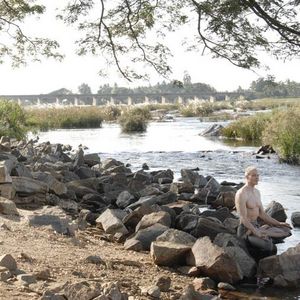
 Dr. Ronald Steiner
Dr. Ronald Steiner

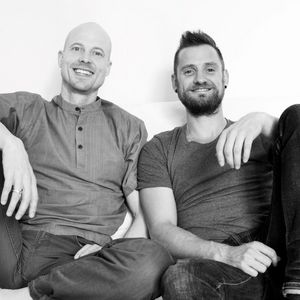
 Nadine Binias
Nadine Binias
